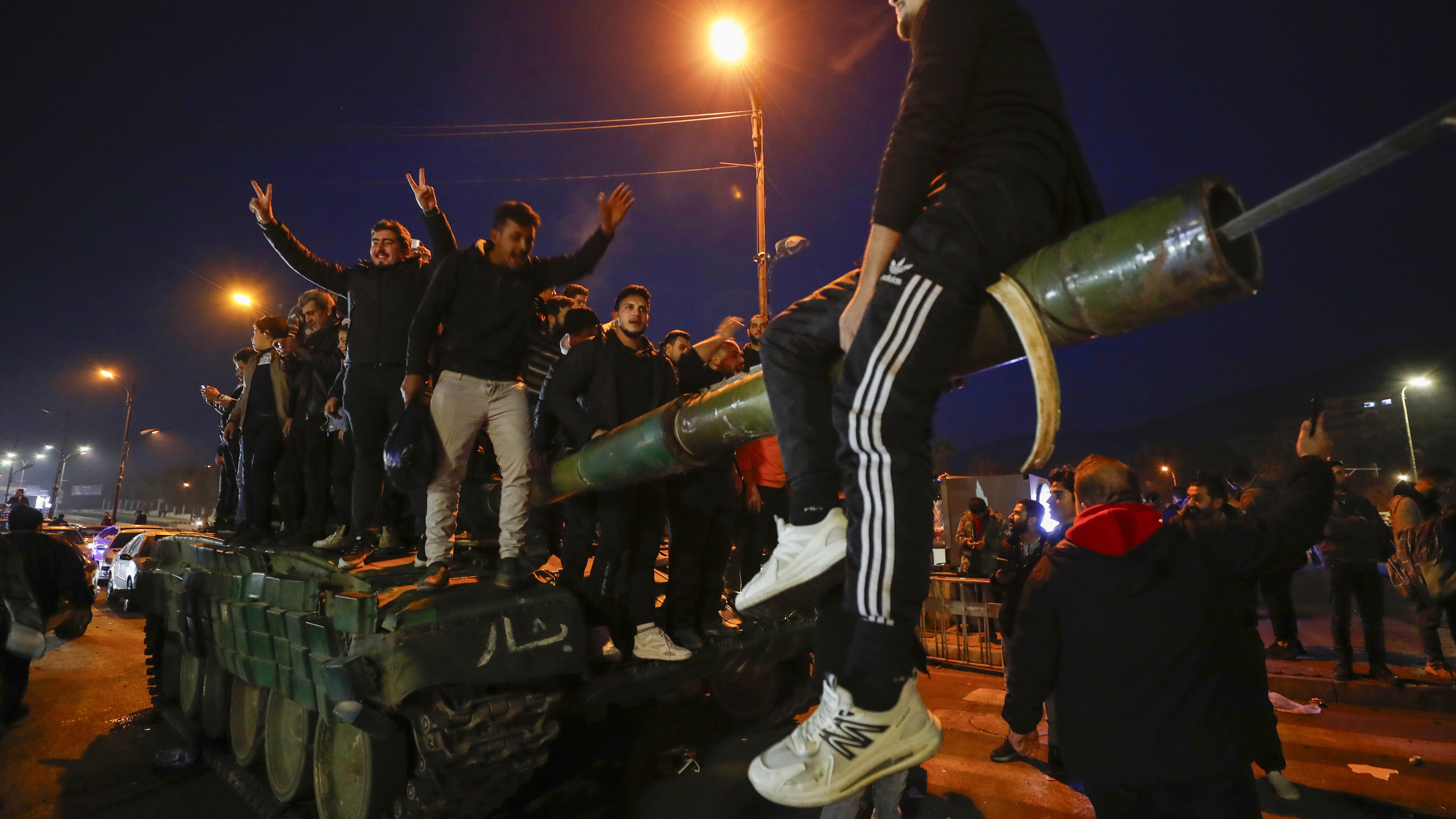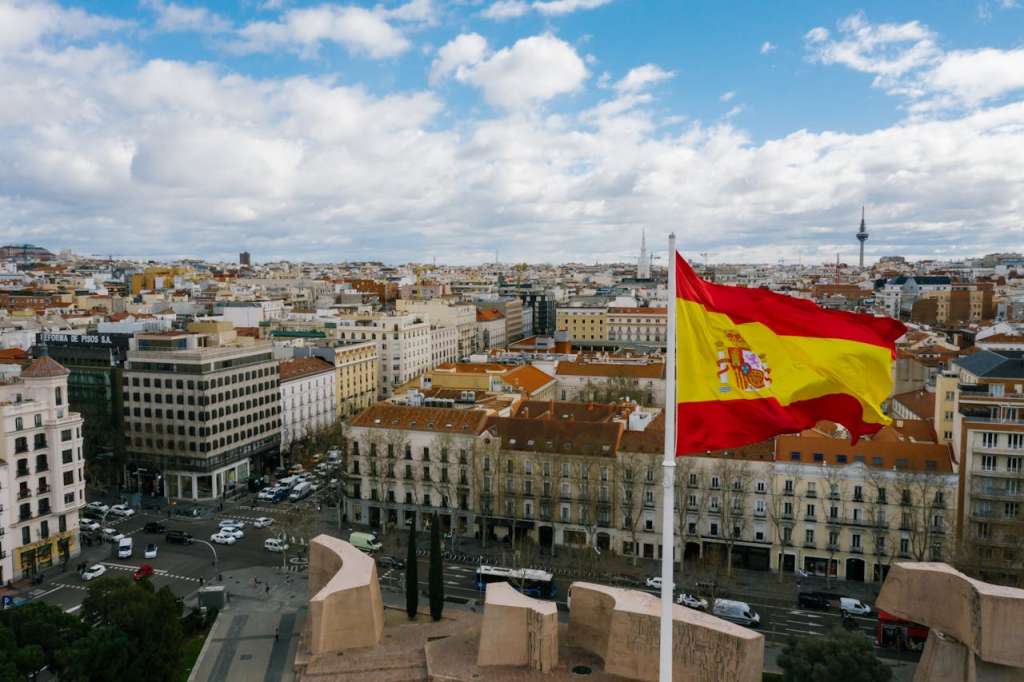Indonesia’s massive capital is suffering from waves of man-made problems that are posing imminent threats to its survival. Not forgetting the dire impacts of climate change it has to deal with along the way! This sprawling, busy capital is...
Indonesia’s massive capital is suffering from waves of man-made problems that are posing imminent threats to its survival. Not forgetting the dire impacts of climate change it has to deal with along the way!
This sprawling, busy capital is home to ten million people — thirty million including the suburbs. That’s about 14,469 people per square kilometer and is predicted to topple Tokyo by becoming the most populous city in the world by 2030. Jakarta was named the world city with the worst traffic in a 2015 index based on satellite navigation data. It found that the average driver starts and stops over 33,000 times in a year. An estimated 70% of the city’s air pollution comes from these vehicles.
The blare of car honks and the growl of motorbikes mingle with the wailing siren of an ambulance in the distance. On a blistering day like this one in Jakarta, the noise is deafening, but not for too long – the noise and the commotion diminished as I stepped onto the 51st-floor at Westin Jakarta’s signature restaurant for buffet breakfast – the tallest building in Indonesia. It was a different buzz there, dishware shattering and cutlery on plates, but what blew my mind was the floor-to-ceiling windows that exposed 360-degree views of Central Jakarta.

Searching for an area of green space that’s larger than the size of a football stadium.
Today, this city covers over 250 square miles of what once was lush green vegetation. The consequences of rapid urbanization here is catastrophic, and the result of the city’s transformation is disastrous for its residents. This massive city is literally disappearing into the ground.

Jakarta is prone to floods for its location on swampy land on the northern coast of Java, moreover the thirteen rivers that run across the city.
To be honest, this city is sinking much faster than any other major city on the planet, faster than even the sea level rise contributed by global warming. The main cause is due to a decades-old problem of land subsidence, caused by city dwellers pumping groundwater for drinking, bathing and other everyday purposes. Piped water isn’t reliable or available in most areas, so people have no choice but to resort to pumping water from the aquifers deep underground. But when groundwater is pumped out, the land above it sinks as if it is sitting on a deflating balloon – and this leads to land subsidence.

Subsidence data by Irwan Gumilar of Geodesy Research Group of ITB | Satellite images via Landsat 5 and Landsat 8
North Jakarta has sunk 2.5m in 10 years and continues to sink by as much as 25cm a year in some parts – that’s twice the global average for coastal megacities. The current predictions are that by 2050, much of this megacity will be underwater.

An year ago, the city authority inspected 80 buildings on this road: 56 had its own groundwater pump and 33 were extracting water illegally.
In 2007, when a massive flood hit Jakarta, caused by a combination of persistent heavy rainfall and surging tide water, the government was forced to erect a wall to save the neighborhoods in North Jakarta. The $40 billion dollar giant sea wall spanned 25 miles across Jakarta bay and acts as a huge breakwater barrier in an attempt to hold back the tide.

This mosque was built in the 1980s, and the last time people prayed here was 19 years ago, and since then it has submerged under water because of land subsidence.
In the streets behind the sea wall, the residents live two or three meters below sea level. These streets are flooded and there’s even people fishing. The trade around this area left years ago, including shops, factories and warehouses. To combat the issue, Indonesia’s President, Joko Widodo approved a plan in August this year to move the National Capital from Jakarta to East Kalimantan, Borneo. It is expected that moving the capital would cost 466 trillion rupiah ($32.7bn), of which the state would fund 19%, with the rest from public-private partnerships and private investment. The price tag includes new government offices and homes for about 1.5 million civil servants.

Until then, residents here will live on uncertainty and borrowed time!















